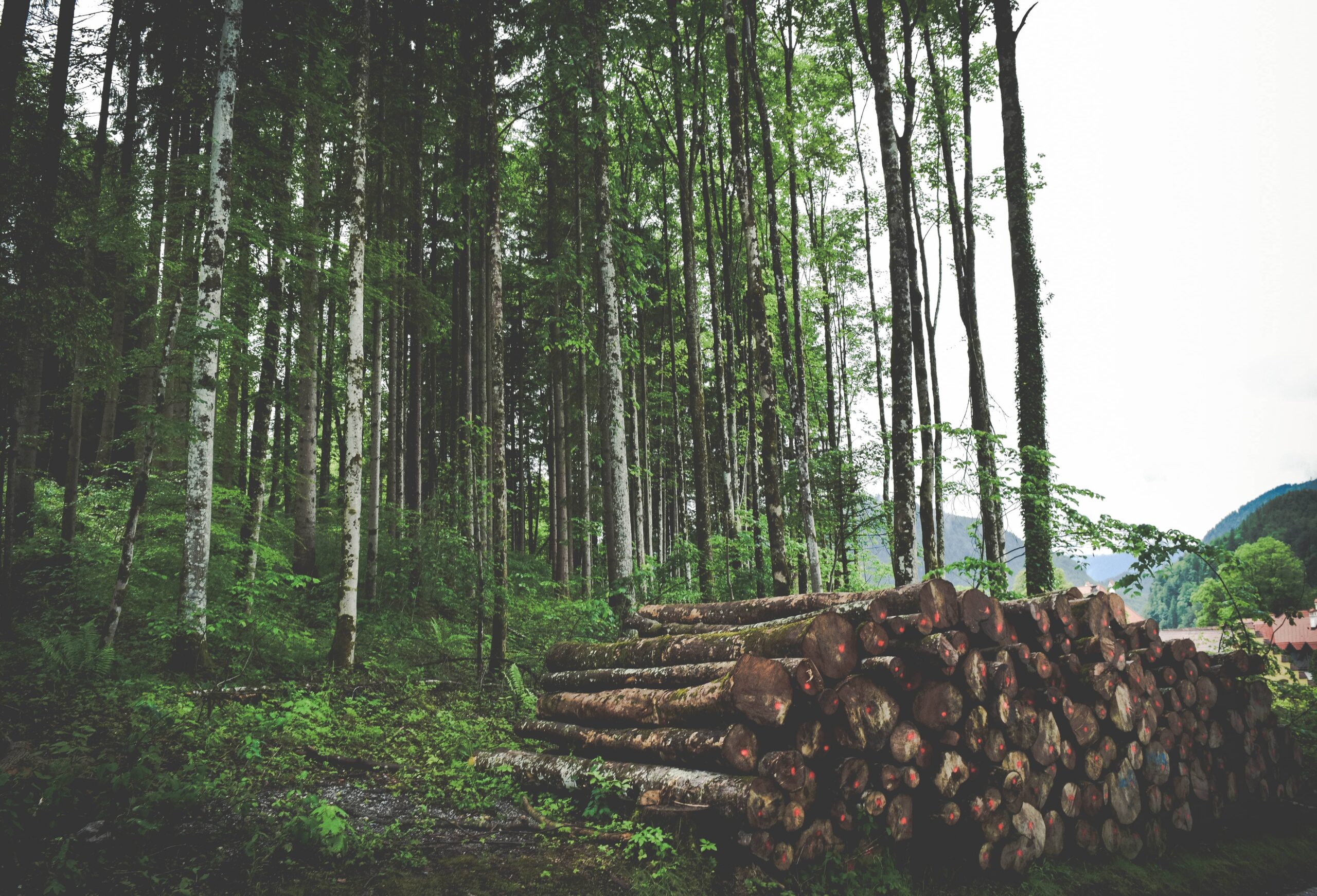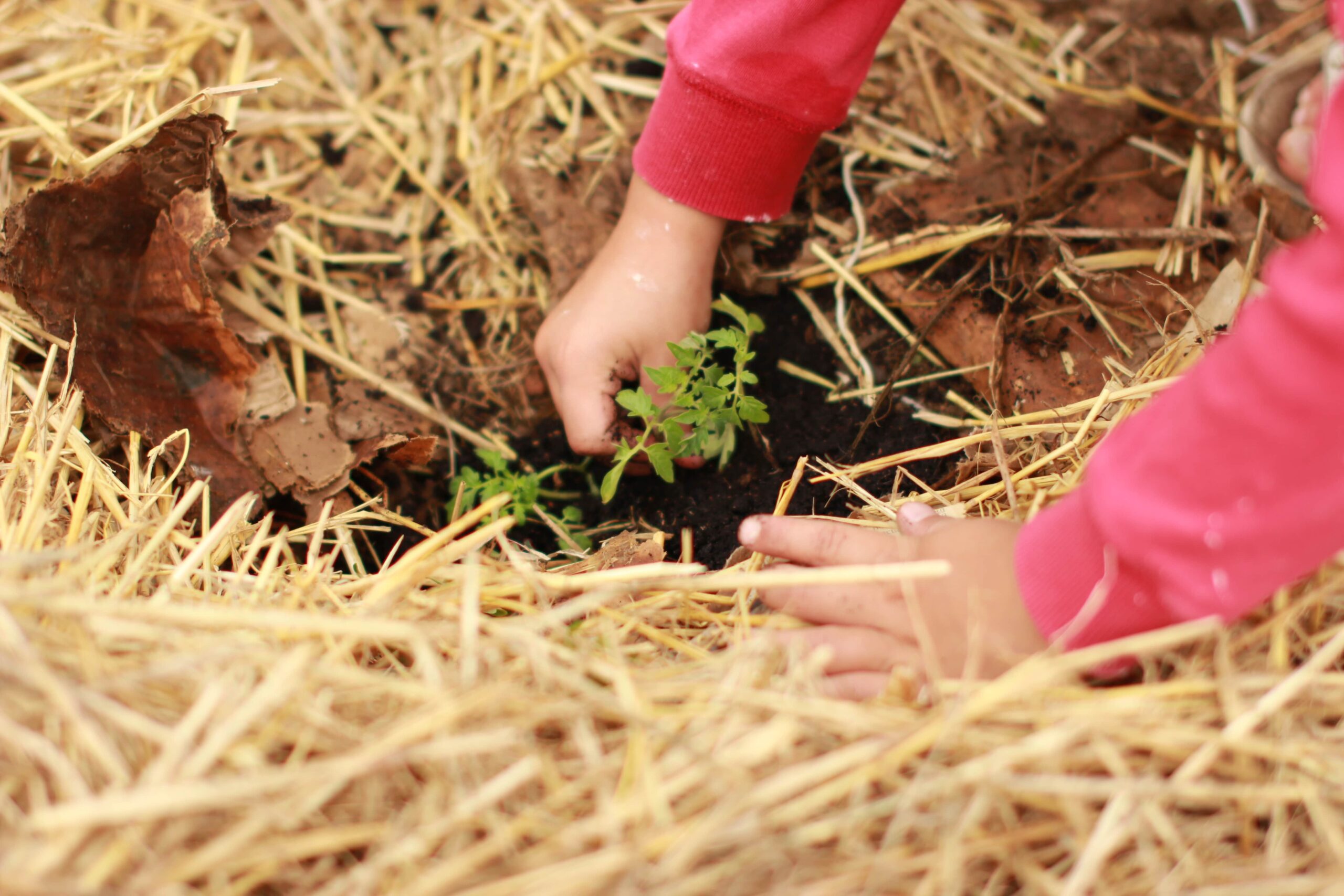Revolutionary Reforestation Programs


Forest Founders Discusses the Oldest and Largest Programs,
How They Operate, and Why Theirs is the Best Option
The Greenhouse Effect was first discovered in 1850 by the British physicist, John Tyndall. Experimenting with different types of infrared radiation, measured as heat, he discovered that an increased Co2 level was effectively warming the surface of the earth.
Around that time, the Industrialization of America was wreaking havoc on the density and variety of forests. As the companies involved viewed trees as inexhaustible resources, there were no protocols in place to limit deforestation or require reforestation initiatives. It soon became evident that modernized industrial manufacturing and the inundation of forests was damaging the environment and changing the climate.
To combat the negative climate and environmental impacts federal and privatized programs, organizations began forming reforestation and harvesting protection programs. Collected scientific data was integrated into these programs, revealing the dire need for reforestation. Here we’ll delve deeper into the histories and accolades of some of the largest and most influential reforestation programs.

What Are These Programs All About and How Have They
Been So Successful?
AFA / American Forests | A Federal/National Program
Using twenty-five years-worth of verified data, the US government founded The American Forestry Association in1875. Its goals were to preserve and repopulate forests all over the US. The AFA is the oldest national conservation agency. This association was responsible for creating scientific strategies that determine the usage and replenishment of forested areas in both rural and urban America. Currently known as American Forests, this incredible organization originally formed the ideologies for a national forest system, the U.S. Forest Service, and the field of urban forestry. Through their ideas, this program has funded more than 1,000 forest restoration projects with nearly 60 million trees being planted.

The Arbor Day Foundation – A Non-Profit Program
More recently, (but still over forty years ago) The Arbor Day Foundation was founded by John Rosenow. This organization, with a prime directive of educating people about respecting and planting trees, is currently the largest non-profit reforestation program in the history of the United States.
All across the country, cities large and small hold Arbor Day planting cooperatives. Many of them have local programs extending far beyond the national holiday. Besides gaining the many benefits of adequate forest stores, climate stability, and biodiversity, the foundation’s secondary goal aims to create stronger and healthier communities based on humanitarian values.
Every year, The Arbor Day Foundation has, through its programs, partners, and memberships reported planting approximately 5 million trees in America’s Forests alone. And that’s not counting the almost 7 million they have distributed to their members. Since its inception, the foundation has created more than 3,400 Tree City USA’s, all across the country, in an effort to reduce and/or eliminate the effects of heat-island and landscape heat-load; as well as over 200 education-based Tree Campuses.

Earth-Saving Programs Worldwide
The Conservation International Brazilian Amazon Project
The Conservation International Brazilian Amazon Project, which began only a few years ago, is reportedly the largest ever tropical reforestation project. Using a new planting technique called “muvuca”, Rodrigo Medeiros, the organization’s vice president, boasts staggeringly high and diverse yields. The muvuca strategy involves spreading more than 200 native forest species’ seeds over every square meter of a devastated land.
According to Medeiros, “with plant-by-plant reforestation techniques, you get a typical density of about 160 plants per hectare. With muvuca, the initial outcome is 2,500 species per hectare”; with a diversity range up to 5000 species within 10 years.Through this revolutionarytechnique, Conservation International plans to plant 73 million trees covering 70,000 acres in the Brazilian Amazon.
Trees For the Future
Trees For the Future is an organization with a 30-year history of using reforestation to stimulate “regenerative agriculture.” By teaching third and second world people how to build a sustainable future for themselves and their families through native tree planting, the symbiotic benefits never cease.
Here’s how it works. The organization’s staff instructs the farmers in these areas of the world about what each species of trees are best for certain thing. They teach them which trees are needed for food, to make money, to drive away pests, and to stop erosion and degradation, and shows the farmers where to plant them. This project ensures both the health and flourishment of the “tree gardens” and the farmers and community alike.

How and Why the Carbon Accountability Program
Through Forest Founders is the Best Solution
We at Forest Founders have the utmost respect for these previously mentioned aforementioned reforestation programs. The same is true for hundreds of current programs we didn’t discuss in this piece. We strive to not only retain the same core values held by all reforestation programs, but to attain similar successes… then surpass them. The only way that can happen is when we have the support of individuals like you. Once we have your support, that’s when we’ll start to see the real and positive change our forests so desperately need.
Our program, the Carbon Accountability Program, combines the best qualities of the programs previously described.By streamlining and expediting the entire process, our program enables the most accessible, affordable, and satisfying way to reverse climate change. For less than the cost of a tank of gas, your carbon footprint can be negated for an entire month.We thank you for reading our blog and commend your place in the quest for carbon neutrality. Be sure to check out our rewards and referrals program and affiliate partnership events on our website.